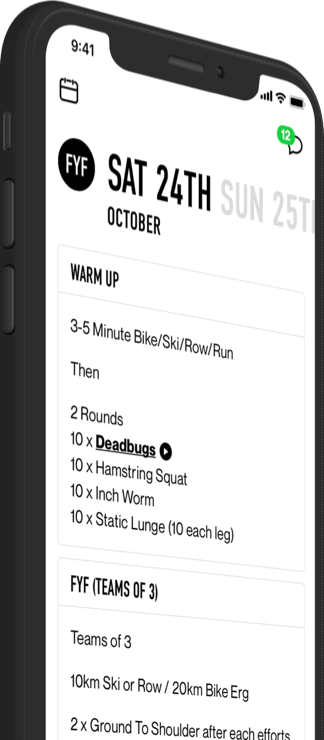Conducting “testing” or assessing a group of people requires far more than simply collecting results off some exercises you do every now and again. For any of this to be accurate or even relevant a few rules must be followed. First off you need to look as to why you are doing testing, are you looking to identify physical strengths and weakness, evaluation of a training program, trying to predict future performance, looking to track performance over a period of time or/and so you can calculate training load and volume…if you don’t know why you are doing something than there is no point just gathering data for the sake of it. Testing should have an aim and should be valid…meaning it should measure what you are actually trying to test. It should also be kept in mind that certain tests have been validated (if at all) for only certain populations and may not be useful or appropriate for those who don’t fit into this category. Reliable and consistent testing (doing the same tests with in the correct parameters within a structured setting and time frame) will ensure that there is a low possibility of false or invalid data. Meaning results that lead you down a dead end street or just waste everyones time. Your tests must be:
- Valid – do they test what you are aiming at and is there any room for false or invalid results. Do they test the energy systems you need, is the exercise selection appropriate and is the room for error managed correctly.
- Reliable – will each person be tested the same way under the same conditions with the same equipment
- Feasible – is it the right time, can everyone do the tests, will it be even worth while or is it a waste of recourses and time. Is it safe for everyone and does the risk match the reward.
Tracking performance over time is very valuable feedback for both the coach and athlete/client but certain factors must be taken into consideration when comparing any change. Some of these considerations are:
- Tests should be performed on a number of occasions prior to gathering any data so the athletes or clients can get used to the tests.
- Technique should be observed and then given the feedback it requires.
- The tests should be measurable and repeatable – meaning you don’t change your testing each time, as the results from the previous batch become invalid.
Adding tests in that have questionable outcomes is not advisable or smart. This means you wouldn’t use a test that you could “game” to get a better score. Doing a workout where if you are closer to the bar than someone else or able to move your equipment around so you saved time is not valid. This isn’t testing this is a workout. The test selection needs to be safe. Testing a 1RM Back Squat requires two spotters and someone to watch for form and depth. Meaning we are going to take a longer time to test each person, everyone needs to know their job when it comes to spotting, the bias of the tester on form/depth is hard to assess and the risk of injury increases due to all this. Im not saying this is a bad test – I have done this test before…but the environment and athlete matched the test and task. Now lets look at our current situation – Lockdown / Isolation etc. It is simply not feasible or logical to run testing during a time where;
- We are not training in an optimal environment or situation, the results would reflect the majority of the worlds current situation.
- Changing the format of the current testing would then break the rule of being “Reliable” due to inadequate equipment and assessment or judging needed.
- Knowing that most people are more than likely experiencing increased stress, decreased conditioning / strength and a lack of regular technical feedback means for this reason alone we would see sub optimal results – not to mention how does doing bad on a “test” make you feel.
During this time we should look for ways to train the best we can with what we have, when the smoke clears and we have a few weeks/months of training back under our belts then we will look at testing again. And the reason being is so we can correctly modify the programming to suit the members current state. Remember – its about training hard and smart.








